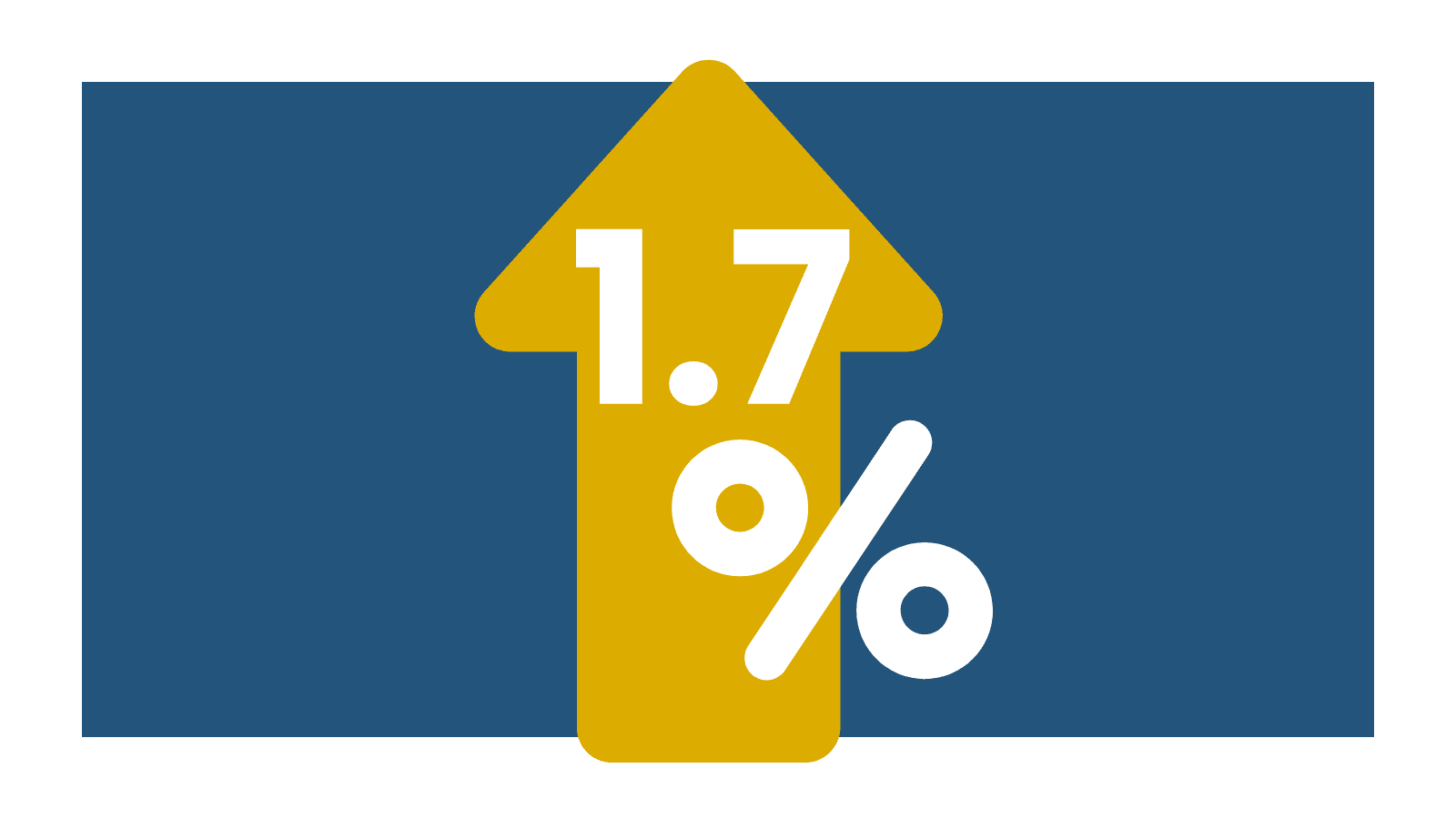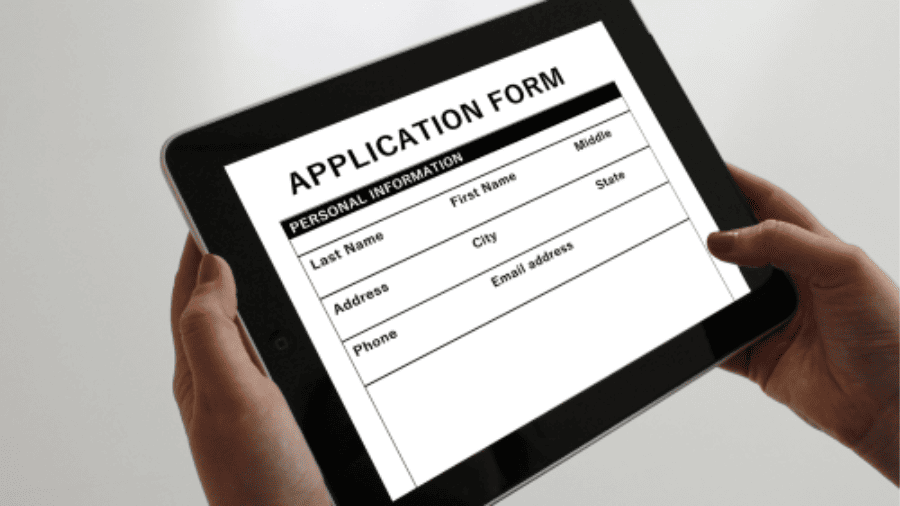
Topping our enquiry chart for 2021 is…. wait for it…. PEN FORM 1
It is a lengthy form which many people fill in without truly appreciating its importance, and so on this final day of our Top Ten Q&A, we give you not one, but seven typical questions we receive on this subject.
Q: I have got to complete my Pen 1 Form, when and how should I do it?
A: You can complete your Pen 1 Form on JPA or download a copy and complete it by hand. If you fill it in by hand, you will need to post the completed form to Veterans UK. On JPA it will become available to you 9 months before your final day in service; you can’t compete it before this time but it should be done before your last day of paid service. If you change your mind about your commutation choices or want to change any of your answers once you have submitted the form, you can submit another one; and Veterans UK will take the latest dated version of the form (either on JPA or hard copy) as your final instructions about your pension.
There are 8 sections to the Pen 1 Form but you only fill out the sections relevant to you, but everyone must complete Section A, this section will be self-populated if completing the form on JPA – so you need to check the details are correct and up to date.
Q: I haven’t served long enough to get my Early Departure Payment or Immediate Pension. Do I still need to complete the Pen 1 Form?
A: Yes you do still need to complete your Pen 1 Form. After the first personal details section, you only need to look at Section B before going to the end of the document for the declaration and signature. So section B, if you are leaving before your AFPS 75 Immediate Pension Point (IPP) and/or your AFPS 05/15 Early Departure Payment (EDP) point, you tick the first box that says “I am not entitled to any immediate benefits” then go straight to Part L. If you are due a Resettlement Grant this will still be paid to you if you tick the ‘no immediate benefits’ box because the benefits it is referring to are pension benefits and the RG is not a pension benefit.
Q: I want to apply maximum commutation from my ’75 Scheme pension. What part of the Pen 1 Form covers this and how do I know the maximum amount I can commute?
A: Sections C & D of the form are about AFPS 75 and resettlement commutation. This question is an active choice i.e. you must tick either the ‘Yes’ box or the ‘No’ box. So, if you want to take AFPS 75 resettlement commutation, you should tick the ‘Yes’ box and leave the ‘No’ box blank. You can choose how much you want to commute and either state the actual amount you want to commute or tick the ‘maximum allowed’ box. You cannot choose to commute more than the maximum allowed. If you have had a pension forecast from Veterans UK or looked at the on-line pension calculator, the commutation amounts quoted will be for the maximum allowed amount.
Q: I am in the process of completing my Pen 1 Form. I am on AFPS 05 and don’t understand Section E. Can you please explain what is meant by the terms ‘Allocation’ and ‘Nomination’? Also, do I need to nominate my spouse if I want them to receive the lump sum?
A: Section E is for AFPS 05 members and asks about inverse commutation, nomination and allocation of parts of your pension income. This means this part is about your AFPS 05 pension, not your ’05 EDPs. Commutation is explained in other Q&As so all I am going to say here is that if you want to inversely commute your AFPS 05 pension lump sum, you need to tick the ‘Yes’ box and complete Section F and AFPS Form 9. I will, however, explain ‘nomination’ and ‘allocation’. If you have a spouse or eligible partner, they will, on your death, receive any lump sums that would be due to them from your pension scheme. If, however, you want an organisation or person other than your spouse or eligible partner, to receive any lump sums that may be due on your death, you can ‘nominate’ them using AFPS Form 2. If you just want your spouse to receive any due payments, then you DO NOT have to complete AFPS Form 2.
Allocation means that you give up some of your pension during your life time in order that, after your death, a dependant can receive a pension for the rest of their life. If you have a dependant who is financially reliant on you, then you can ‘allocate’ a portion of your pension to be paid to them and the amount you receive will be correspondingly reduced. In both cases (nomination and allocation), if they die first, your pension will not be restored! If you are considering these options we strongly advise that you have a chat with a financial advisor.
Q: How do I work out how much I can increase my AFPS 05 pension income by, if I inversely commute my lump sum?
A: You can give up as much or as little of your AFPS 05 lump sum as you like, in multiples of £100. Your surrendered lump sum amount (in multiples of £100) will be multiplied by a factor relevant to your age that will give you the amount your annual pension income would increase by. If you want to do this you must tick the ‘Yes’ box in section E and complete Section F, as well as AFPS Form 9.
Q: I am on AFPS 15 and don’t understand what is meant by ‘Allocation’ and ‘Nomination’.
A: The terms ‘allocation’ and ‘nomination’ mean the same for AFPS 15 as they do for AFPS 05, so if you have a spouse or eligible partner, they will, on your death, receive any lump sums that would be due to them from your pension scheme. If you want an organisation or person other than your spouse or eligible partner, to receive any lump sums that may be due on your death, you can ‘nominate’ them using AFPS Form 2. If you want just your spouse to receive any due payments, then you DO NOT require to complete AFPS Form 2 Allocation means that you give up some of your pension during your life time in order that, after your death, a dependant can receive a pension for the rest of their life. If you have a dependant who is financially reliant on you, then you can ‘allocate’ a portion of your pension to be paid to them and the amount you receive will be correspondingly reduced. In both cases (allocation and nomination), if they die first, your pension will not be restored! If you are considering these options we strongly advise that you discuss them with a financial advisor
And finally…
Q: There is a section in the Pen 1 Form that asks if I want to commute my AFPS 15 pension to raise a tax-free lump sum. I am leaving after 24 years and want to get the largest lump sum possible, do I tick the yes box in that part?
A: No, you don’t tick the ‘yes’ box in that part (section H). You only fill in this part of the Pen 1 Form if you are going to receive your APFS 15 pension immediately when you leave. Your APFS 15 pension is different from your AFPS 15 EDP and you would normally only get your ’15 pension if you were age 60 or over when you leave the Forces. For the significant majority of service leavers, you do not complete section H of the Pen 1 Form.




